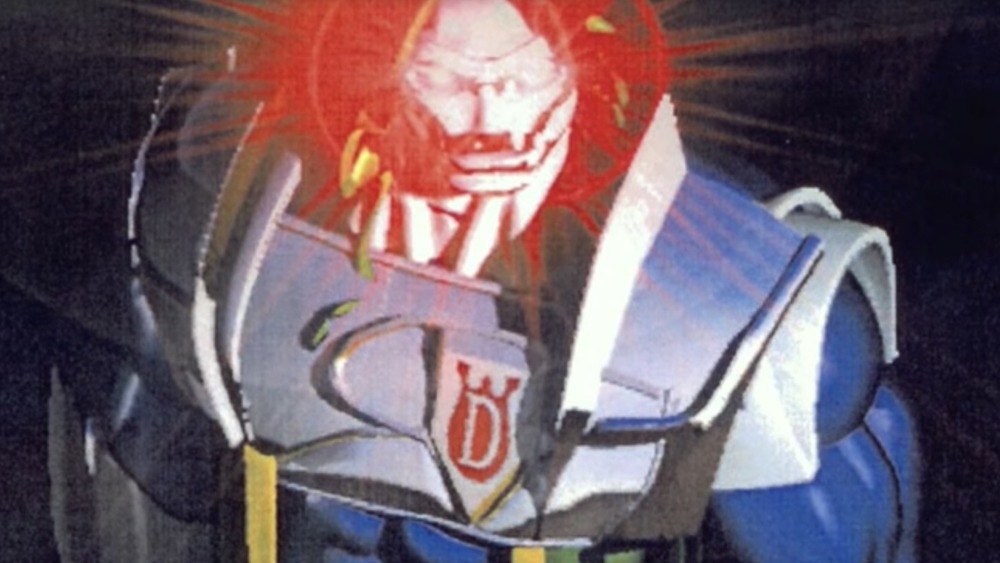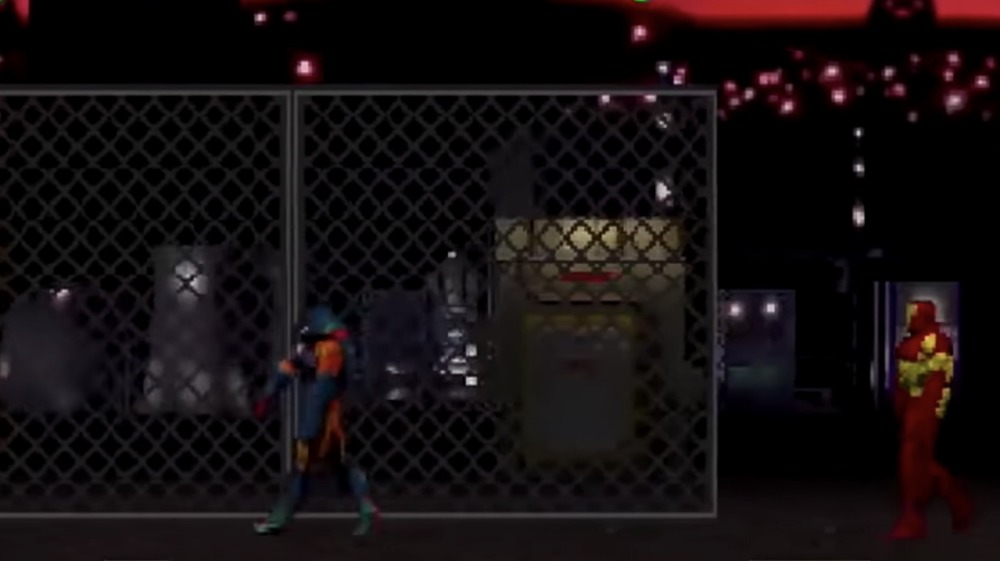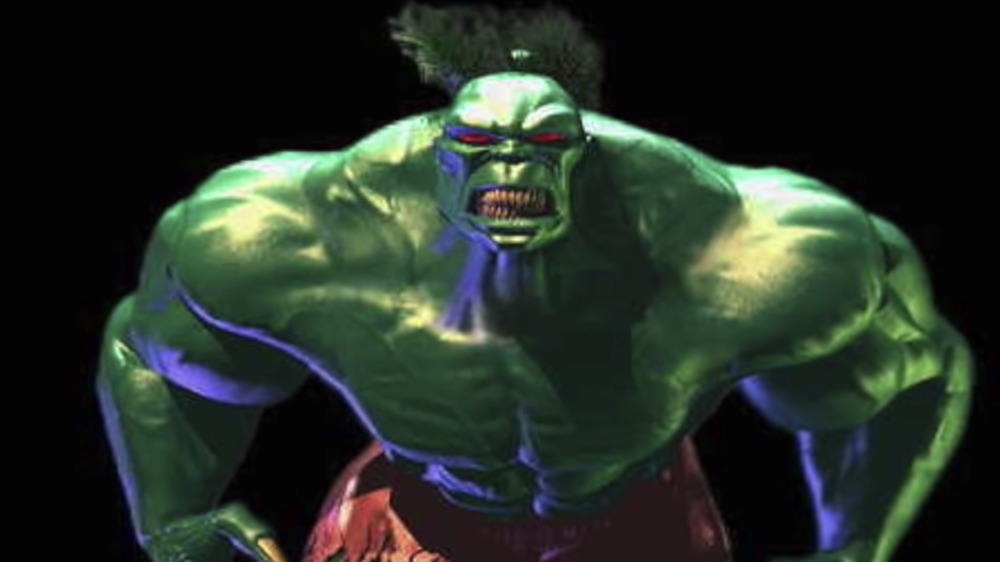The Marvel 2099 Video Game That Never Saw The Light Of Day
Back in 1996, a Marvel game based on the alternate reality outlined in the Marvel 2099 comic book series was set for release on the original PlayStation and PCs on December 1. Unfortunately, Marvel 2099: One Nation Under Doom never saw the light of day.
The Marvel 2099 comics were launched in 1992 with issues featuring Spider-Man, Doom, and Punisher. Following their popularity, developer Saffire was set to create a 2-D action side-scroller with 3-D characters, based on the Doom storyline. Publisher Mindscape even sent out sneak peaks and playable demos that showed the game was pretty far along, but Marvel 2099 was unceremoniously cancelled without even an announcement, and its demise was not publicly addressed at the time.
In 2019, the Marvel 2099 comics made a comeback with a crossover event, but it's doubtful that the associated video game will ever be resurrected in that way. Here's what we know about the Marvel 2099 game.
The plot of Marvel 2099
The world of the Marvel comics in 2099 was dark and cold — a dystopian police state that featured Marvel characters that might be similarly named heroes to the present day, clones of the originals, or time travelers.
"The decidedly Machiavellian Dr. Victor Von Doom has wrestled control of the United States from its corporate controlled puppet government and declared himself president," writer Joe Fielder noted on Videogamespot.com of the game's plot, which loosely resembled the 1995 Doom 2099 storyline. "Meanwhile, Anthony Herod — a villain of such proportions that even Doom is put to shame — has begun machinations to destroy not only this new head of state, but also dominate the entire world."
In the game, the player controls eight superheroes in an attempt to free the planet, including Spider-Man, Hulk, Thing, Punisher, Ghost Rider, Daredevil, and members of the X-Men. The game's character designer, Jeff Bunker, promised a game influenced by Killer Instinct and Mortal Kombat that focused on exploration and encounters with multiple enemies: up to 50 to 60 CGI-rendered supervillains and antagonists. Many other characters from the comics were also slated to appear.
Why it was cancelled
Previews of the game appeared in several publications, including EGM and 3D Design, and it was shown off at 1996's E3 as well as at San Diego Comic-Con, complete with merch, just months after it was announced. However, YouTube's Panels to Pixels points out that the era was transitioning into more 3-D, 32-bit games (Super Mario 64 came out in 1996). That dynamic may have influenced the game's demise, along with the fact that the Marvel 2099 comic line ended around this time and Marvel itself wasn't doing well financially. The comic book giant declared bankruptcy in December 1996.
"But the main reason the game was cancelled was because of Mindscape's problems," Mark Flitman, the game's executive producer, explained in an undated interview. "The company was going through hard times and game titles were getting cancelled. As much as I tried to get the company to understand the value of Marvel and the marketability of a title like Marvel 2099, I never felt that Mindscape (marketing, sales, and upper level management) was fully dedicated to the title." He said the game was less than 50-percent complete at the time of cancellation but maintains it would have been a good game regardless of the incoming next-generation titles.
Mindscape faced financial issues starting in July 1996 and was acquired by The Learning Company in 1998, which later fractured itself and disappeared. Mindscape itself survived into 2011 after being acquired several more times, when it decided to exit the gaming industry.



